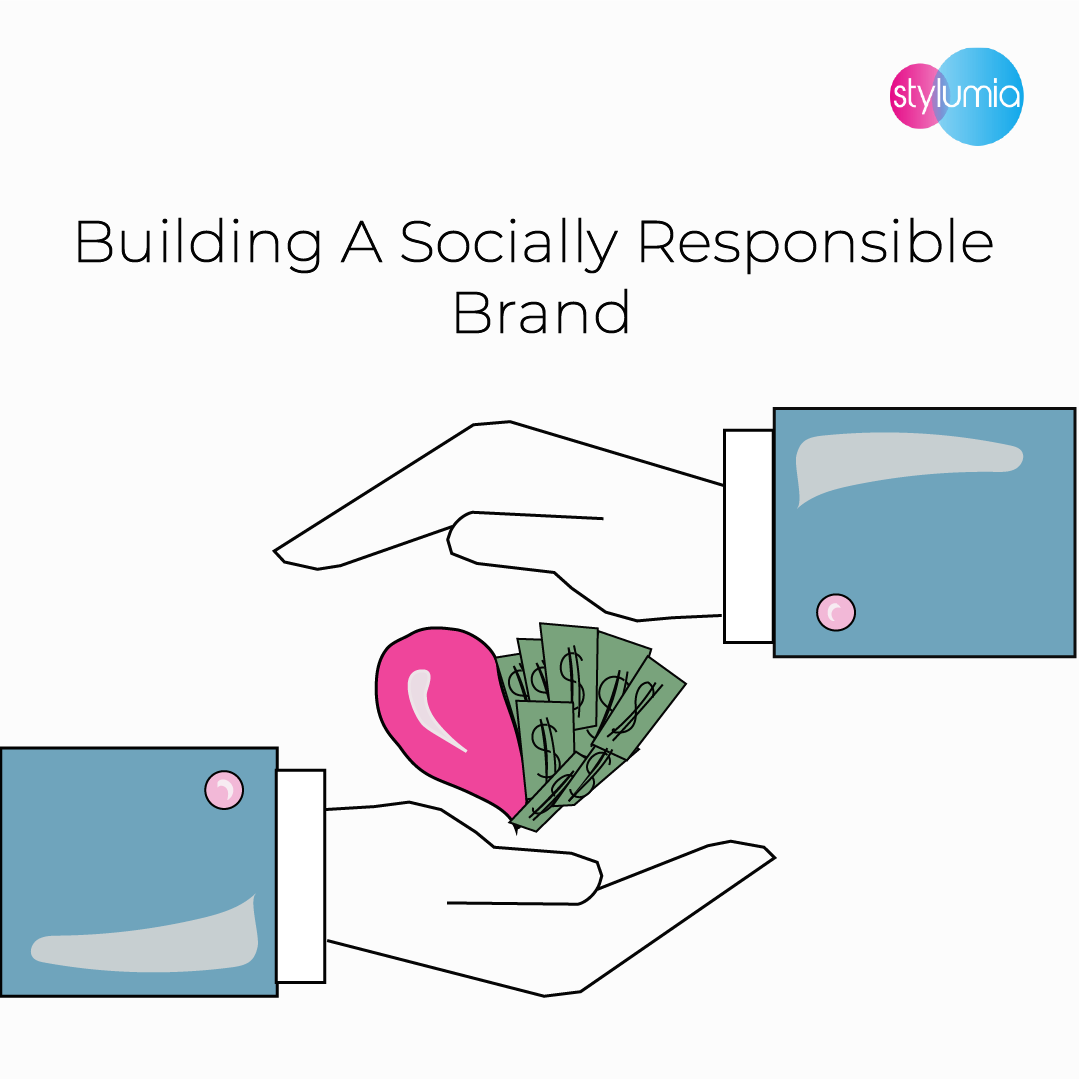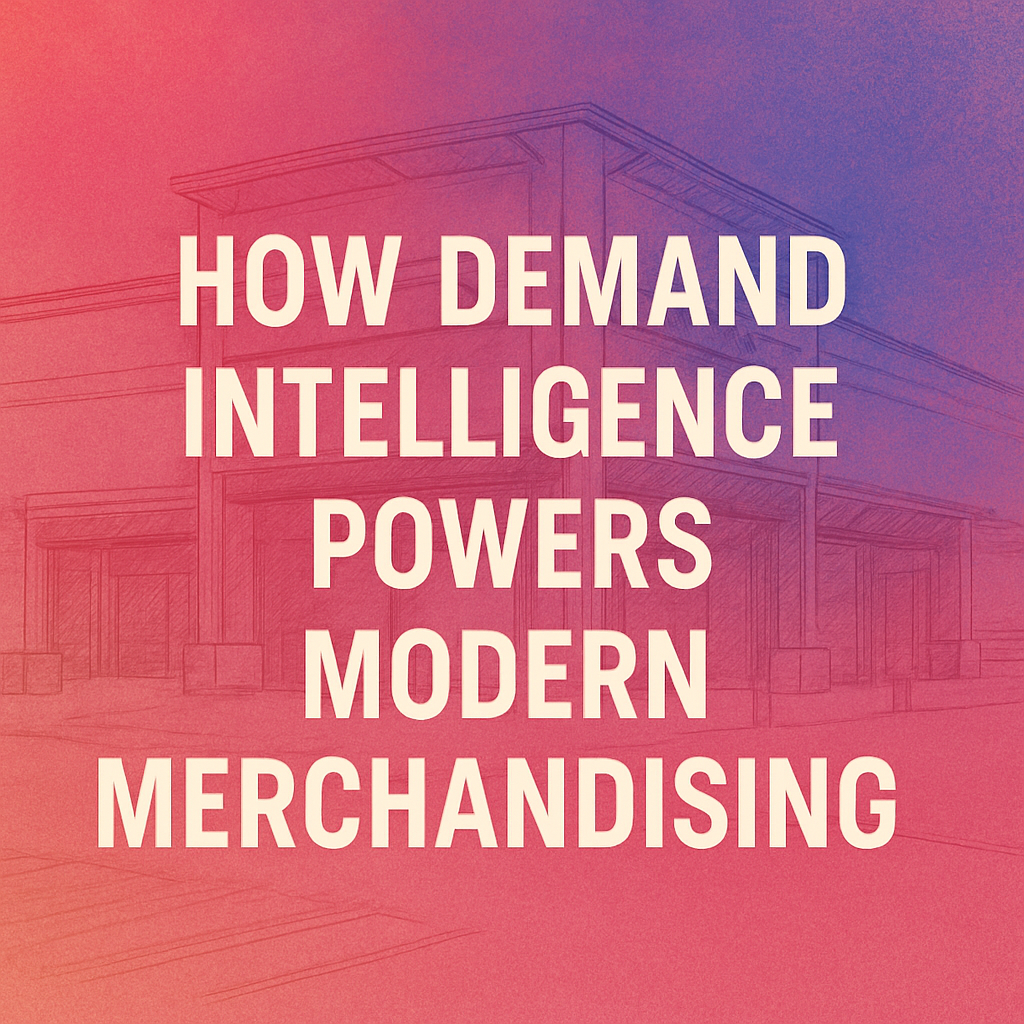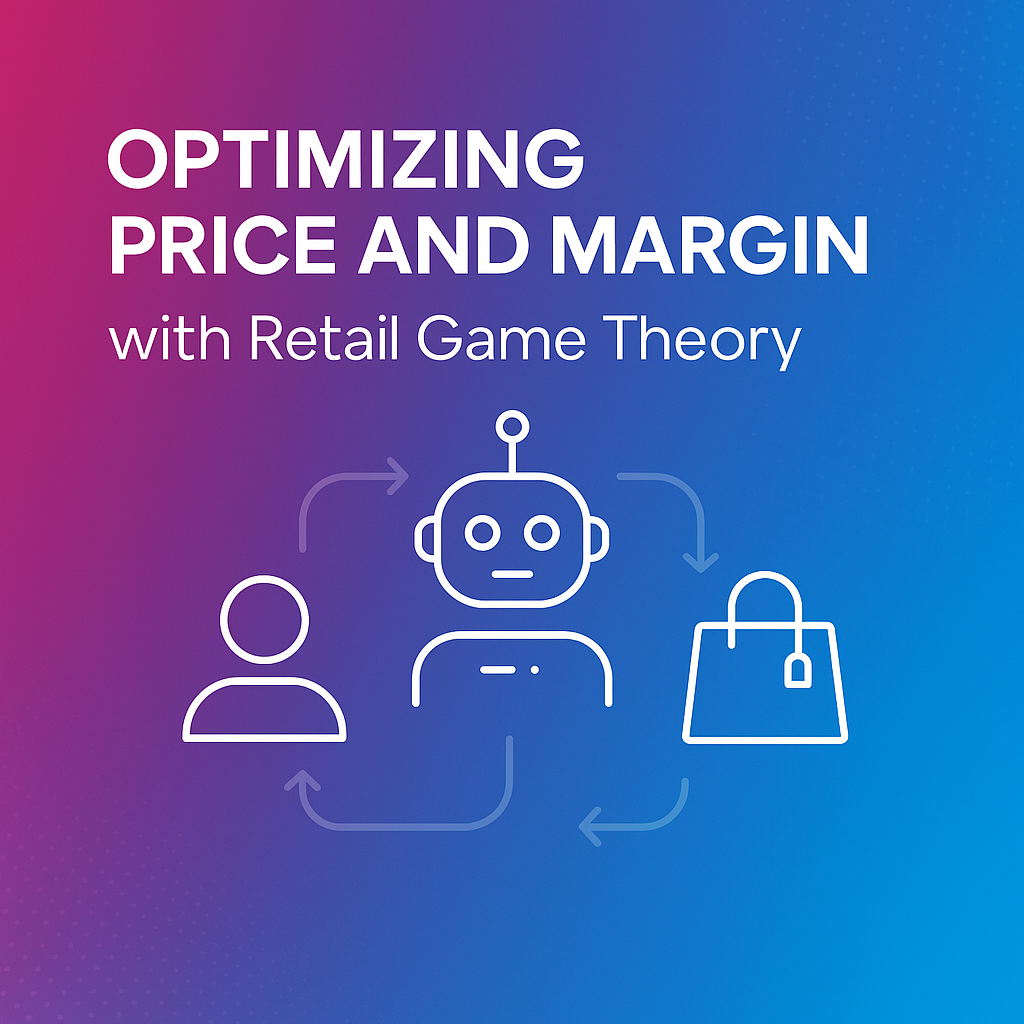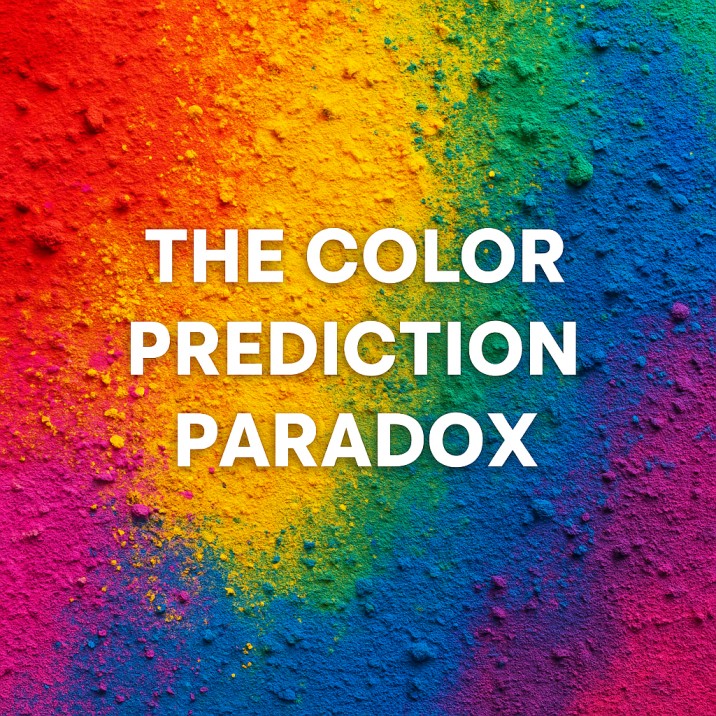Building A Socially Responsible Brand

In this edit, we look at the need for social responsibility and how to build a socially responsible brand.
Before we begin, rest your mind and close your eyes for 30 seconds.
Most probably your mind darted from one thought to another. Instead of being at rest, it was as highly active as ever. If you are like most people, you thought about others, yourself, of recent events or plans for the day. In other words, you just engaged in what psychologists call social cognition. Social cognition is simply another way of describing thinking about other people, oneself, and the relation between.
Eg: Imagine a college student asked to do boring repetitive tasks to earn money to host a party. As soon as there is a break, he will start thinking about the party, what all they have to buy, Who can handle decorations, etc.
Neuroscientists describe this as a “default network”. For instance, when not doing cognitive tasks or in our free time, our brain tunes to default network because we are interested in the social world. To know more, please read Mathew Lieberman’s great book- Social.
Philosopher Daniel Dennett has a very interesting take on this called the “Intentional stance”. It suggests that evolution made a big bet on the importance of developing and using our social intelligence for the overall success of our species by focusing on the brain’s free time on it.
Basically, evolution has made us more social.
Research also indicates that our brains have evolved to experience threats to our social connections in the same way as physical pain.
Now, wait a minute. Will you ever ask a person who has broken a leg to get over it? Or, ask a recently broken-up friend to get the right medical help?
Mostly, we wouldn’t.
The Current State Of Advertising
While we realize a lot of this is true, we have in the past many decades of brand building and advertising found it hard to keep up with the rapid social changes. we have forgotten how evolved our social cognition has become.
An average human being is exposed to 10,000 ads a day. Most of them have one message, Buy our product, your life will become better. Share on X
If you really think about it, this doesn’t feed a lot into our intentional stance. Consumers are in the process of socializing. They are getting more evolved in connecting with their social pain. Brands and retailers are not completely evolved into tapping this human inclination to continuous social evolution.
In fact, now when you are all re-thinking your digital strategy, your marketing teams are making many banners. They are talking about the salient features in your product, the fabric, the discounts, and various promotions. If that is the case, they are in danger of rehashing the age-old theme of “Buy our product, your life will become better”.
Need For Ethics Over Aesthetics
The lockdown, difficult though it may seem, brings brand owners the unique opportunity to appeal to an audience who has been deprived of many social connections and depend primarily on social media and apps to feed their “default network”.
- What can be done differently to empathize with this audience?
- What are the counterintuitive measures some companies have taken that we can learn from?
- How can we make ourselves more appealing in the default network of consumers?
Consumers are showing interest in sustainability. This reflected in 5x growth in such trends.

Even the more recent trends like “Vegan fashion” are trending more than ever

We can review our approach to make our brands more sustainable and this is the best time to tell the story.
For a Covid-19 customer, Companies are far more appealing when they try not to just show how their products will benefit customers but also take a stand on how they are trying to play a role in becoming socially and environmentally more responsible.
Oeko-Tex, the ecological certification company, conducted a research study that found that only 37% had actually purchased any, while 60% of millennials said they are interested in certified clothing.
Some aspects you can look at are here:-

Let’s take a look at some socially responsible brands.
Socially Responsible Brand Actions
Toms shoes is not a new name in this area. Here’s a gist of their “giving” journey.

You can read their global impact report here.
Another most talked-about socially responsible brand is Patagonia. Their ad below went viral in 2019.

The More recent one to join this socially responsible brand list is none other than the World’s leading fast-fashion brand, Zara

They have a special callout for their “Join Life” collection. You can read their public statement here.
In India, United Colors of Benetton’s 2017 ad “United by half” was well received. It is amongst the very few on Gender Equality. With 55,000 pledges, 4.65 million website visits, and two million engagements, #UnitedByHalf was trending.
Diesel’s campaign with model Winnie Harlow,

Who is incidentally the face of Desigual as well.

In conclusion,
COVID has made many customers realize what it has done to the economy and to the environment, and these customers are open to socially evolved advertising. This is particularly true when it comes to “switchers”, who have one more reason to consider your brand.
We are already part of a movement from just social beings to socially conscious beings and any brand that captures this mind space will win. While your brand may be at a more nascent stage of this movement, all that your brand description requires is a little more creativity and a shift in focus towards the positive. One important element to building a socially responsible brand is storytelling.
“Great branding is about great storytelling and great storytelling is about great words and images that inspire something in those that hear them. Spin a beautiful story about your ethical stance on fashion and the whole movement will start to take on a whole new meaning”
– Olivia Pinnock in the Forbes article” The problem with the term “ Ethical Fashion”
Stylumia has the ability to track sustainable products and their winning quotients. Also, we are sensing the need of the hour and building a sustainability index for brands, globally.
While the communication language is developing globally, we enable you to set a trend in this direction. So if you would like to participate and know more, reach out to us.



